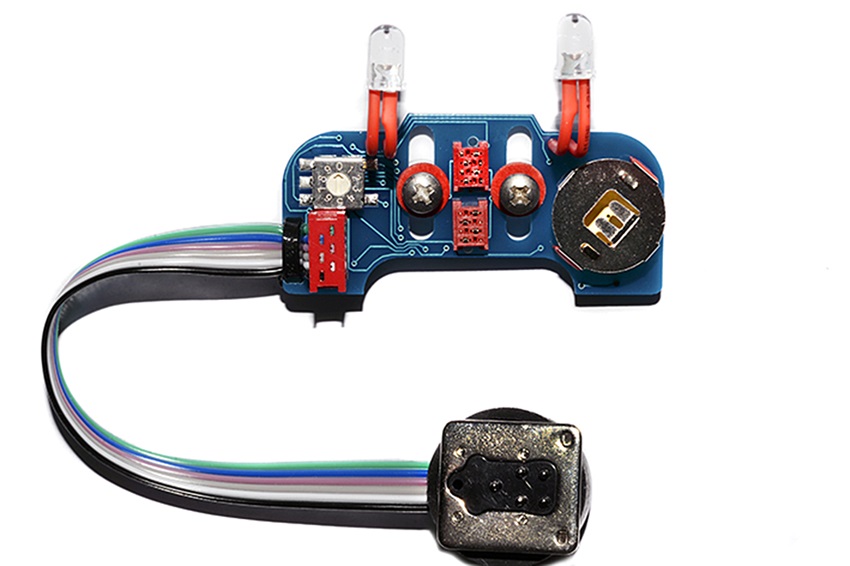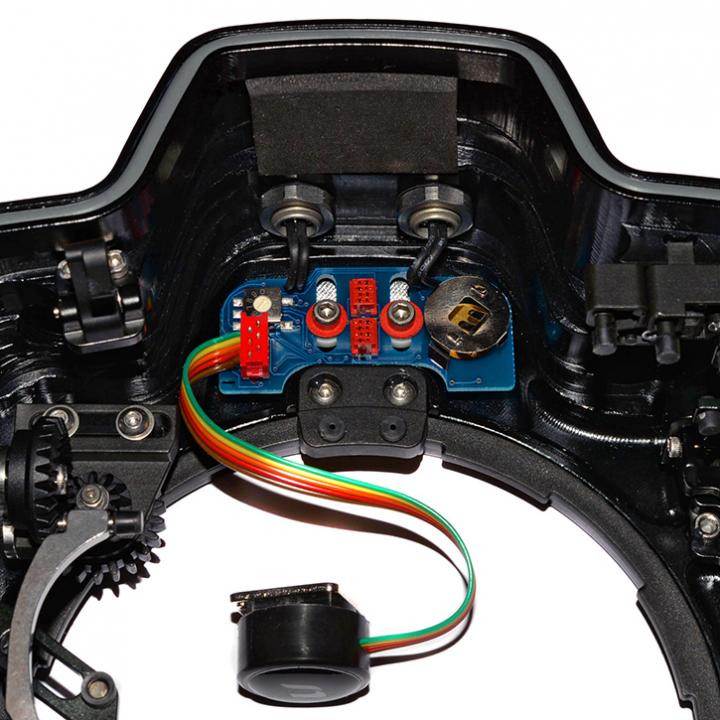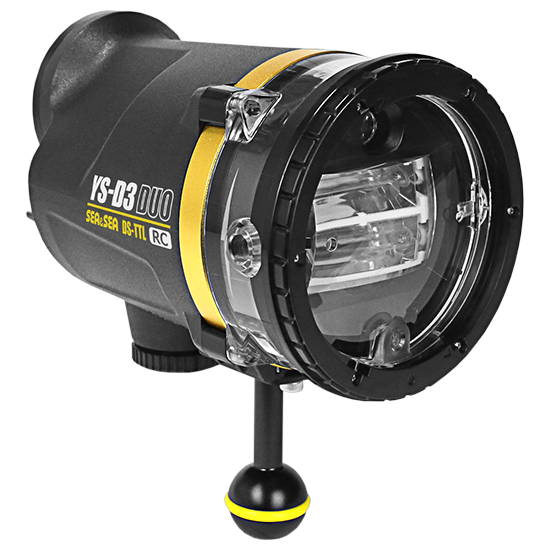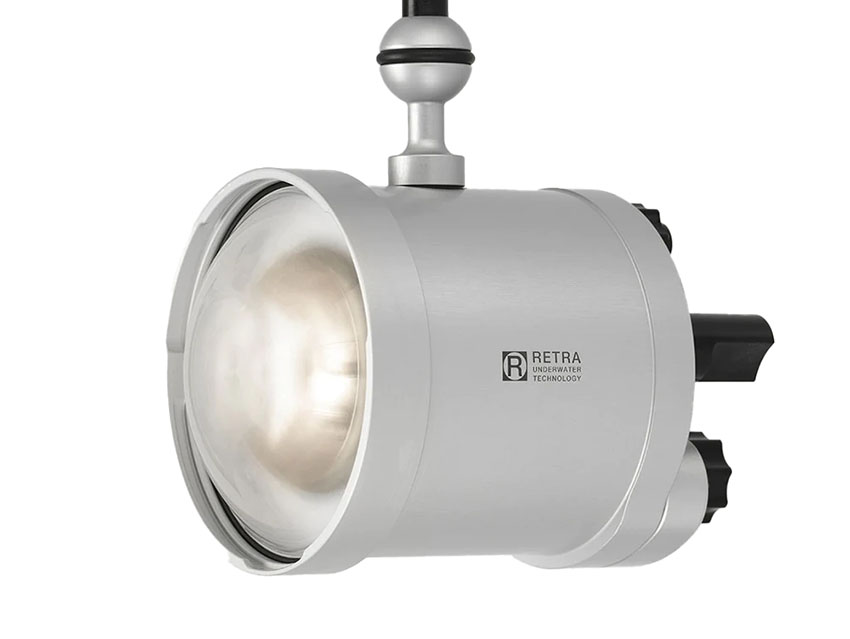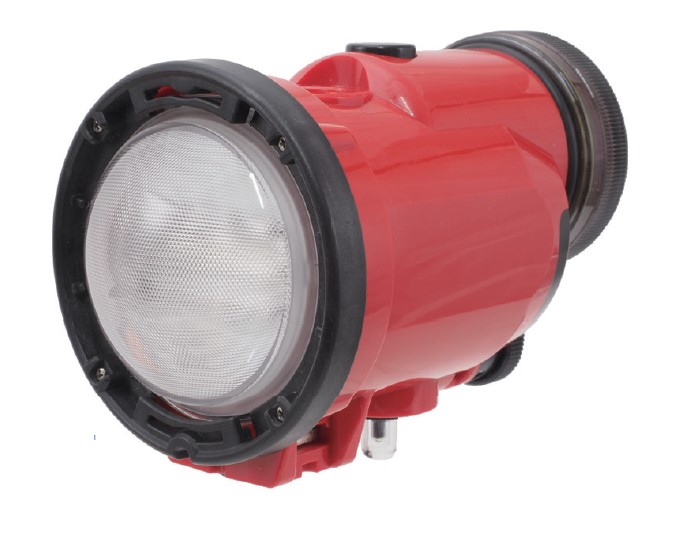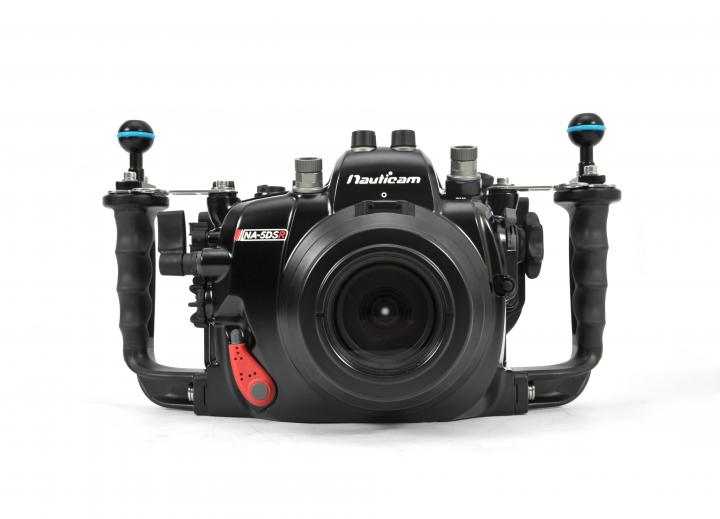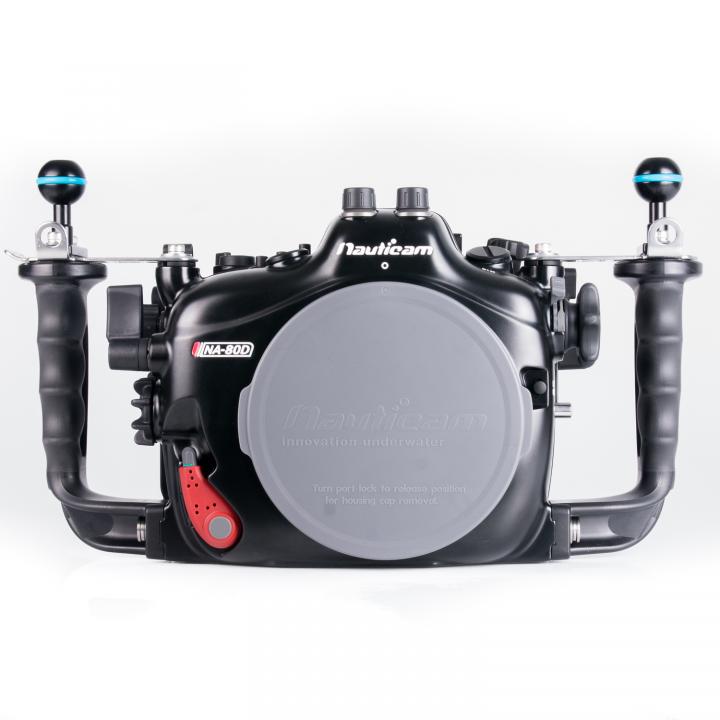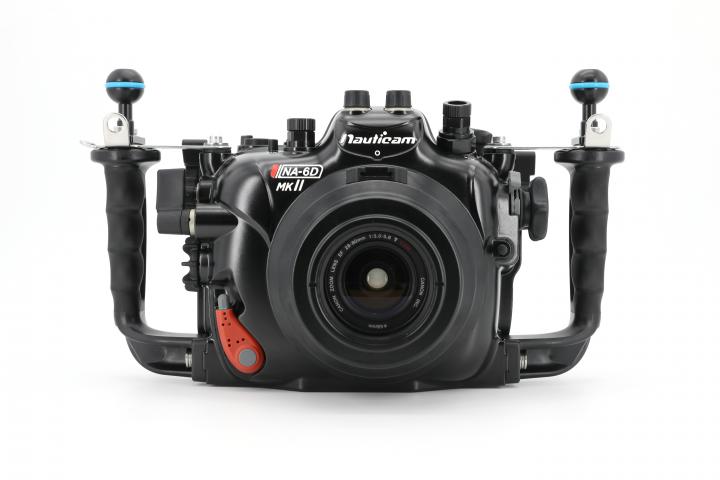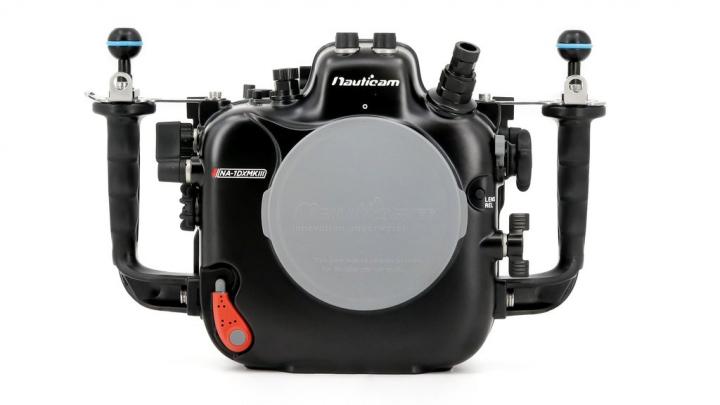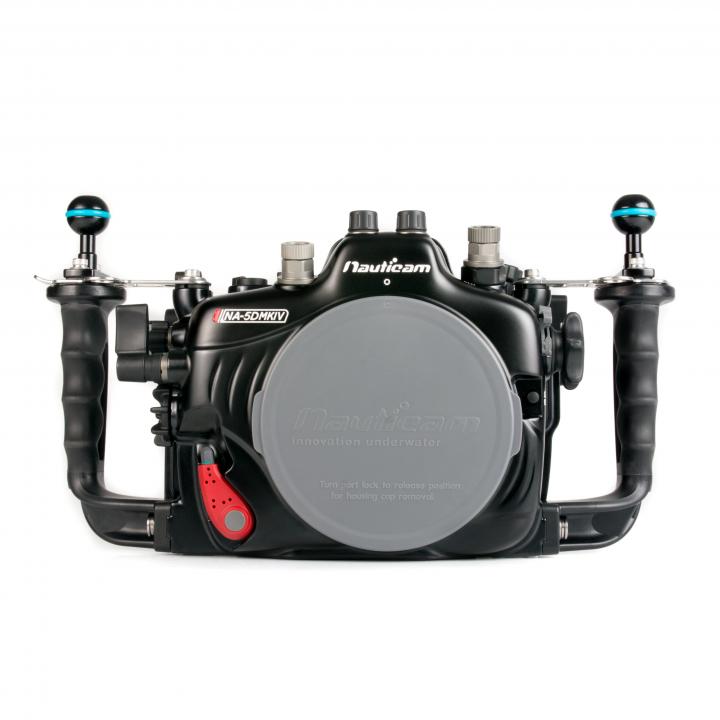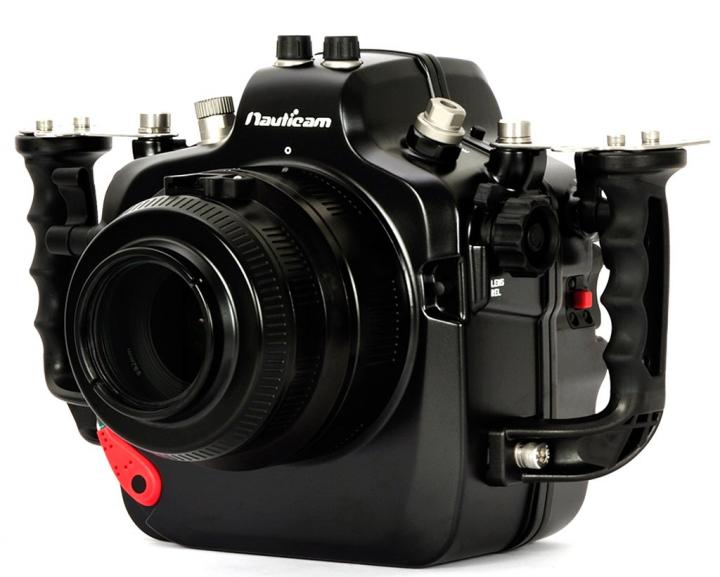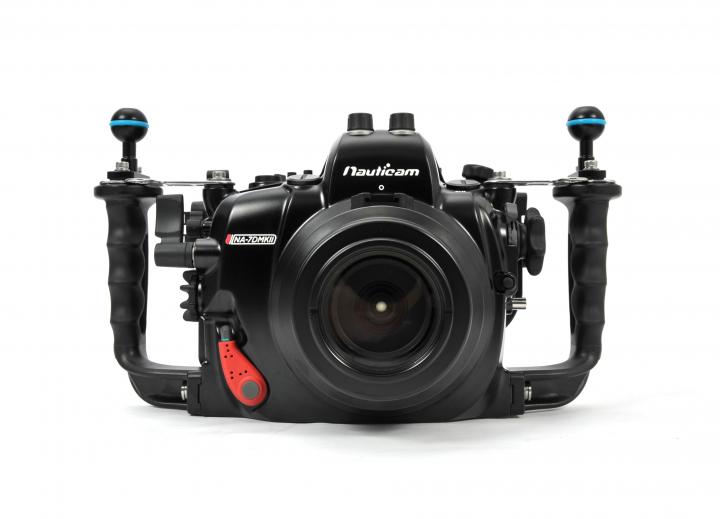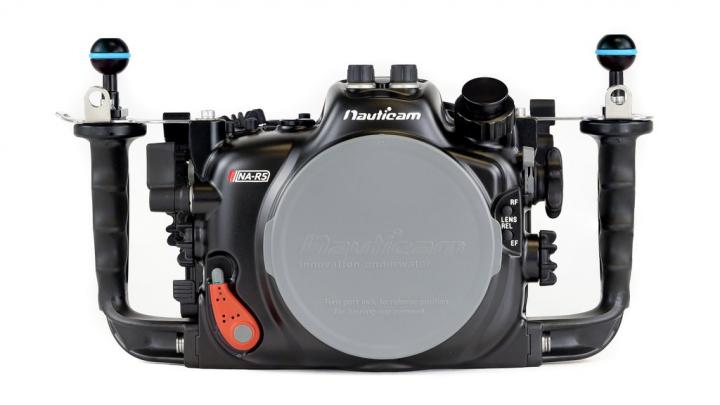€499.00*
1 in stock
Free shipping
Delivery time: 1-3 working days*
Optoelectronic flash trigger for Canon cameras in Nauticam and Hugyfot housings
.The world's first TTL converter that is compatible with all Canon DSLR and DSLM cameras, regardless of model or TTL protocol version
.Compatible underwater flashes: Inon Z330, Z240; Ikelite DS-161, DS-160; Sea&Sea YS-D1, YS-D2 (made-in-China), YS-250, RetraFlash PRO and Prime (including HSS support).
The product supports 4 pcs TTL outputs: 2 pcs optical bulkheads + 2 pcs electrical bulkheads can be connected. TTL converter has automatic on/off, incredible battery life 5 years. Easy installation by the user.
TTL and HSS on RetraFlash
Fantastic TTL accuracy allows photographers to relax and rely completely on automatic flash exposure control. Many creative tasks are made possible by using extremely fast HSS shutter speeds of up to 1/8000 with the Retra Pro flash in manual mode. The TTL converter firmware also has some other important updates related to its common functionality.
- The Retra PRO profile can be set by the user üvia the TTL converter's built-in rotary switch.
- The TTL/M modes can be switched underwater simply by using the camera name or the flash button.
- In manual mode, the flash intensity can be adjusted manually üvia the camera wheel/scale, but also üvia the flash control knob.
- (+/-) TTL flash compensation is supported by the firmware, the full range is available via the camera control in the range -3ev......+3ev.
- The firmware supports sync settings for the 1-st /2-nd curtain and the rear curtain.
- Continuous (serial) recording is supported.
- The HSS firmware of the TTL converter supports the HSS functionality of the Retra Pro flash. The built-in rotary switch must be set to the Retra Pro profile (position - "7"). Available HSS shutter speeds for Sony A7-A9: 1/320 ....1/8000 sec. The Retra flash allows the HSS flash intensity to be set using the rotary knob.
- In the updated firmware, switching to HSS shutter speeds is also included in the general functionality of the TTL converter (also for all other positions of the rotary switch), - usable for shooting with ambient light at high shutter speeds if required. However, the X-Sync speed limit (1/250 for Sony A7-A9) is still automatically supported for TTL modes, as required for mono flash TTL underwater flash.
- Incredibly long battery life in the TTL converter: 1-3 years of continuous operation. The product has extremely low power consumption.
- The converter features an automatic on/off switching module that saves battery power. No mechanical switch is required to switch UW Technics TTL converters on and off.
- The TTL converter firmware includes TTL profiles for the following underwater flashes: Retra Pro, Inon Z-330/ Z-240/S-2000, Sea&Sea YS-D2/ YS-D1/ YS-250, Ikelite DS-161/ DS-160 and Subtronic Pro-270/Pro-160. Each profile can be easily set by the user üvia an onboard switch.
| Power setting: | eTTL |
|---|
compatible underwater strobes:
- Inon S-220, Z330, Z240
- Ikelite DS-161, DS-160
- Sea&Sea YS-D1, YS-D3 II, YS-250
- Ikelite DS-230, DS-162, DS161, DS160, DS-125
- Subtronic Pro-270, Pro-160
- RetraFlash PRO X
Login


